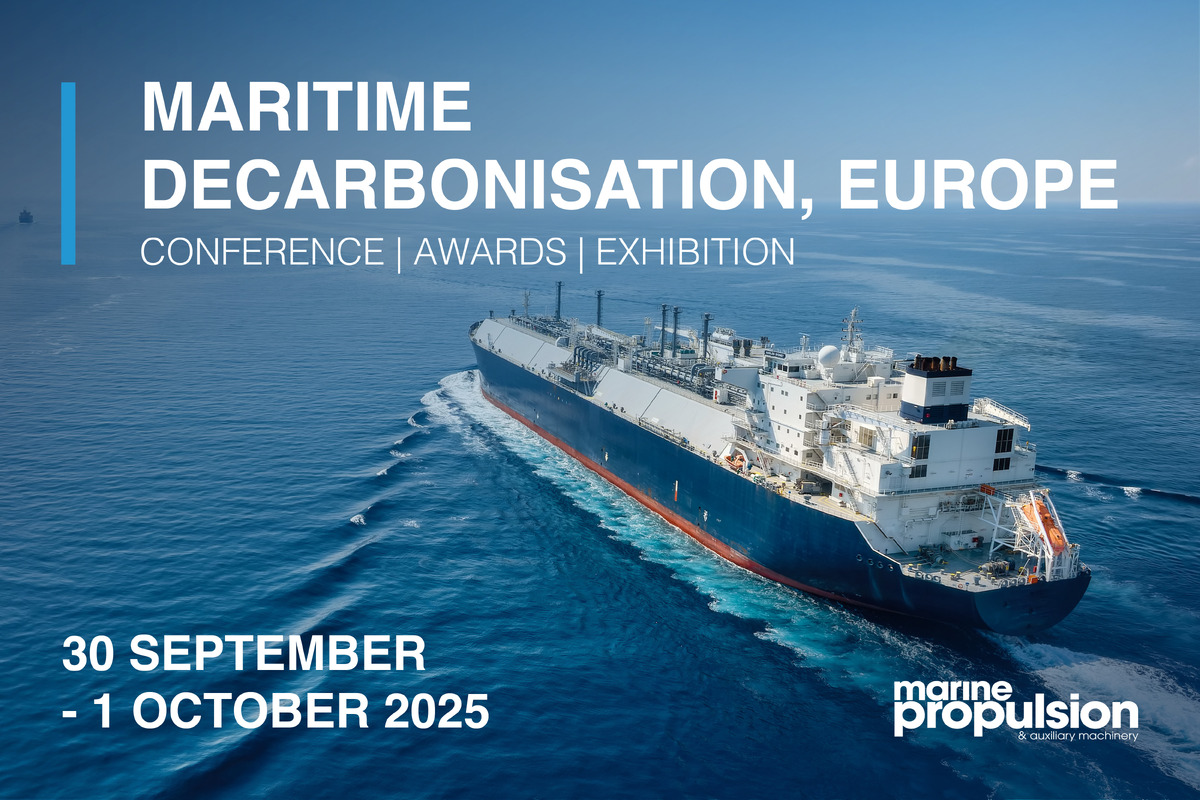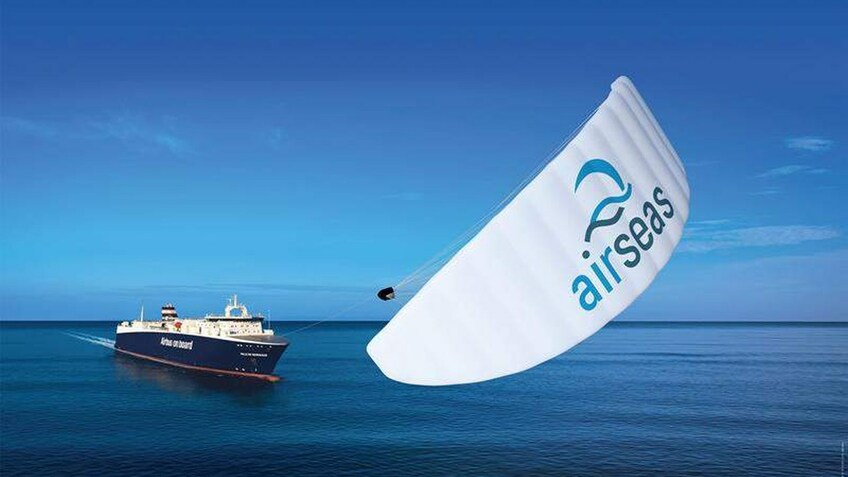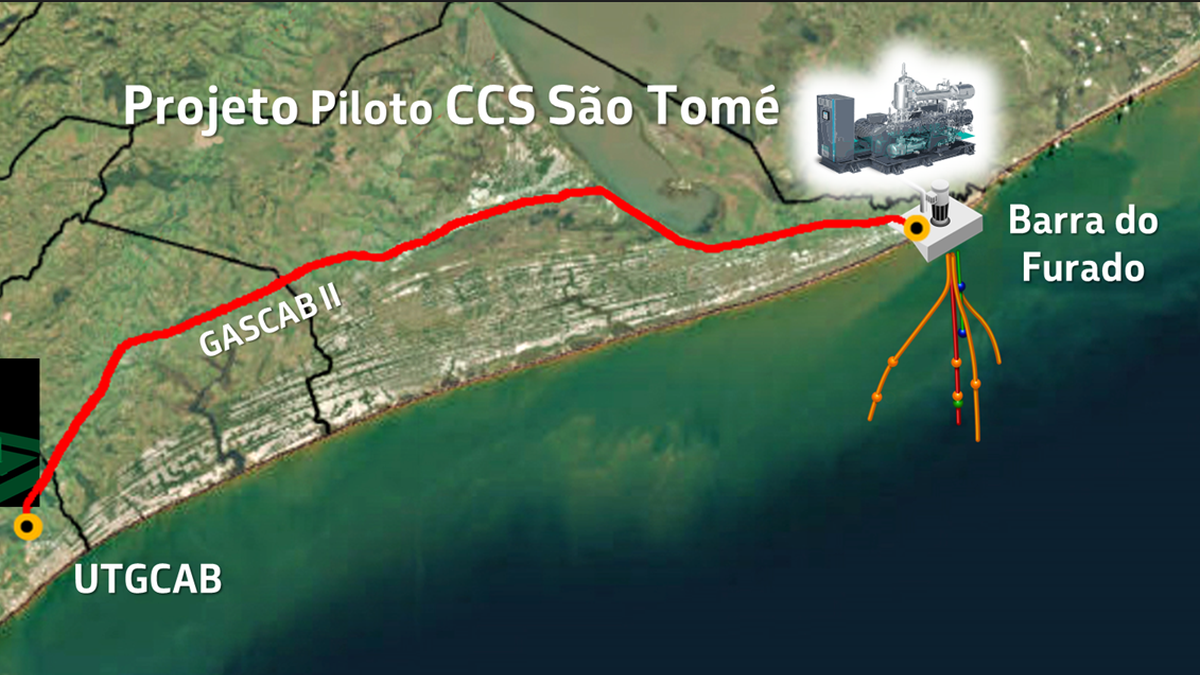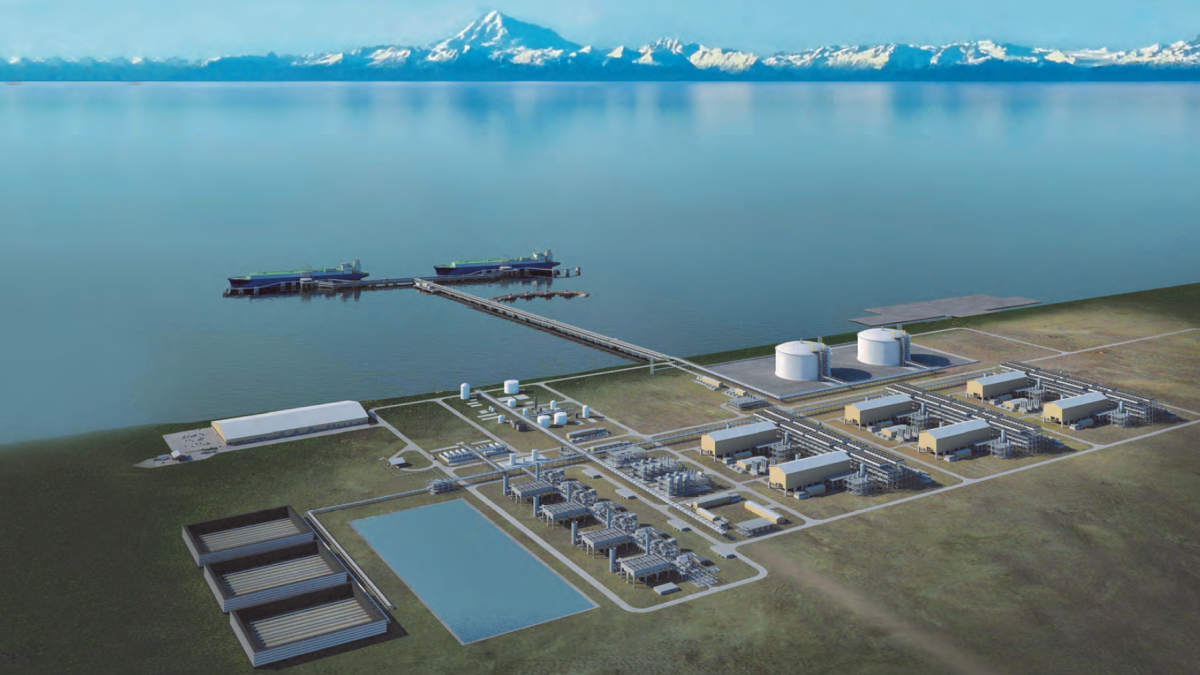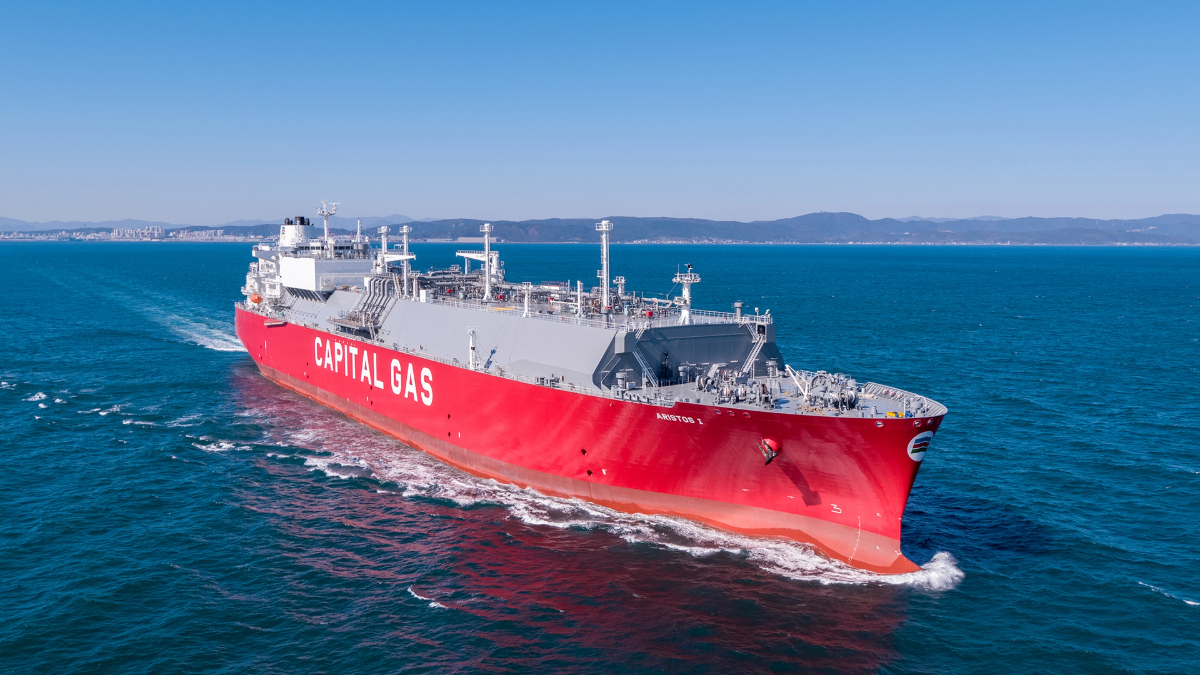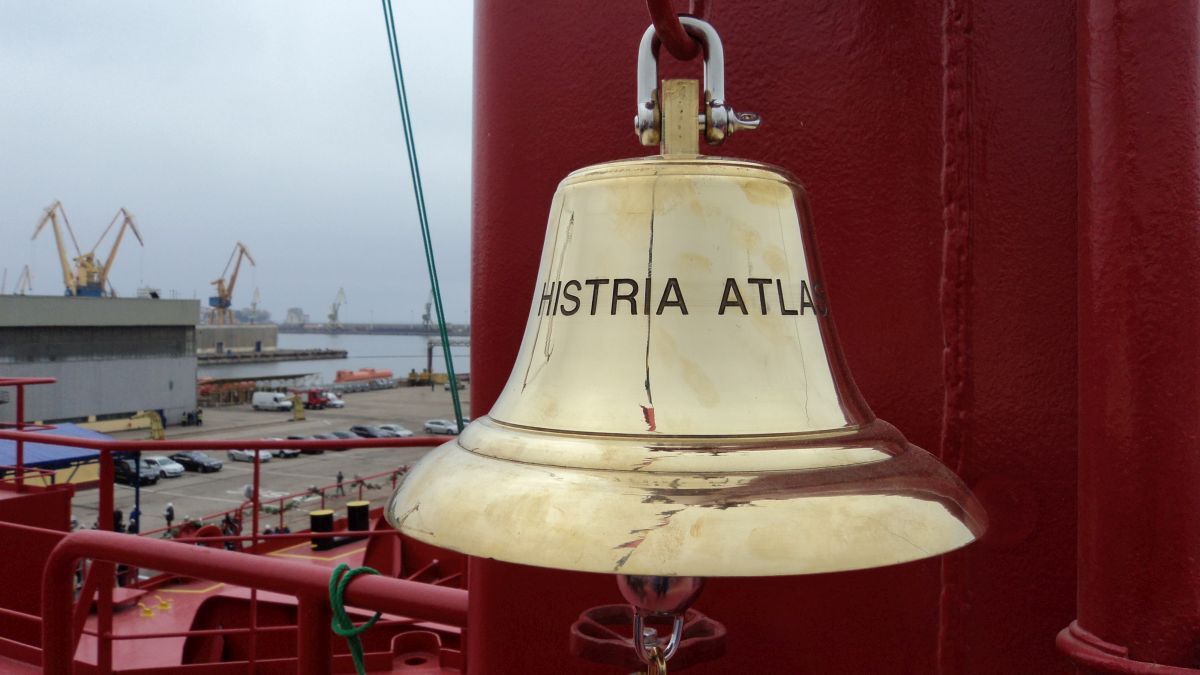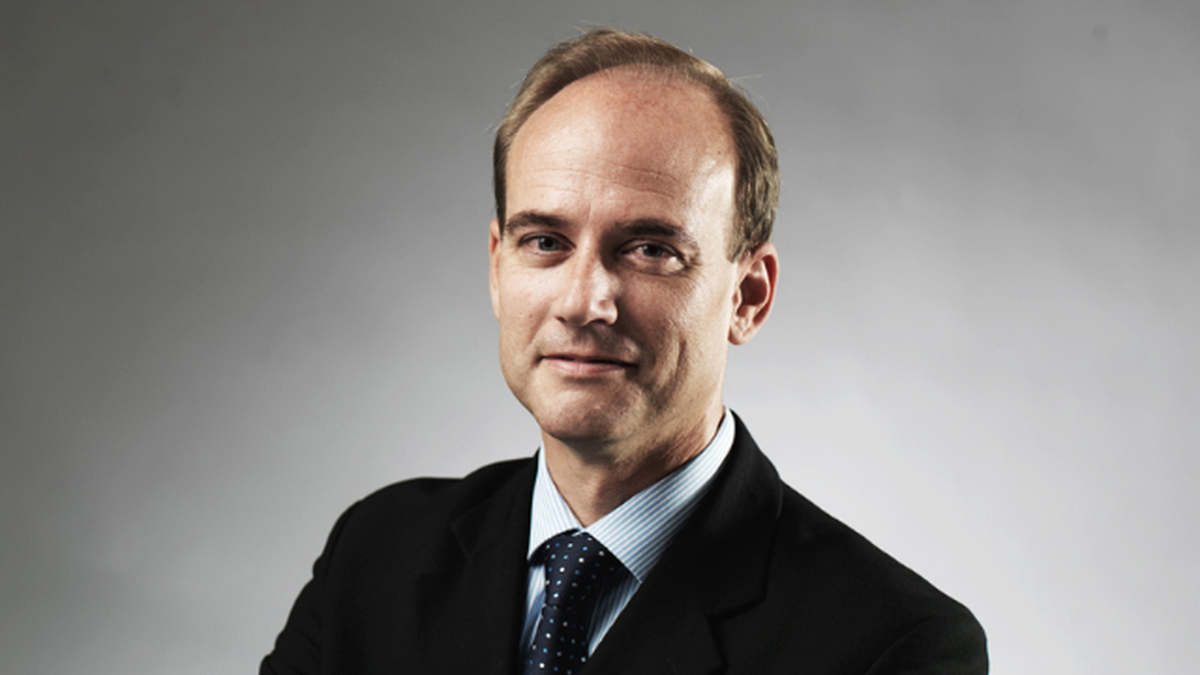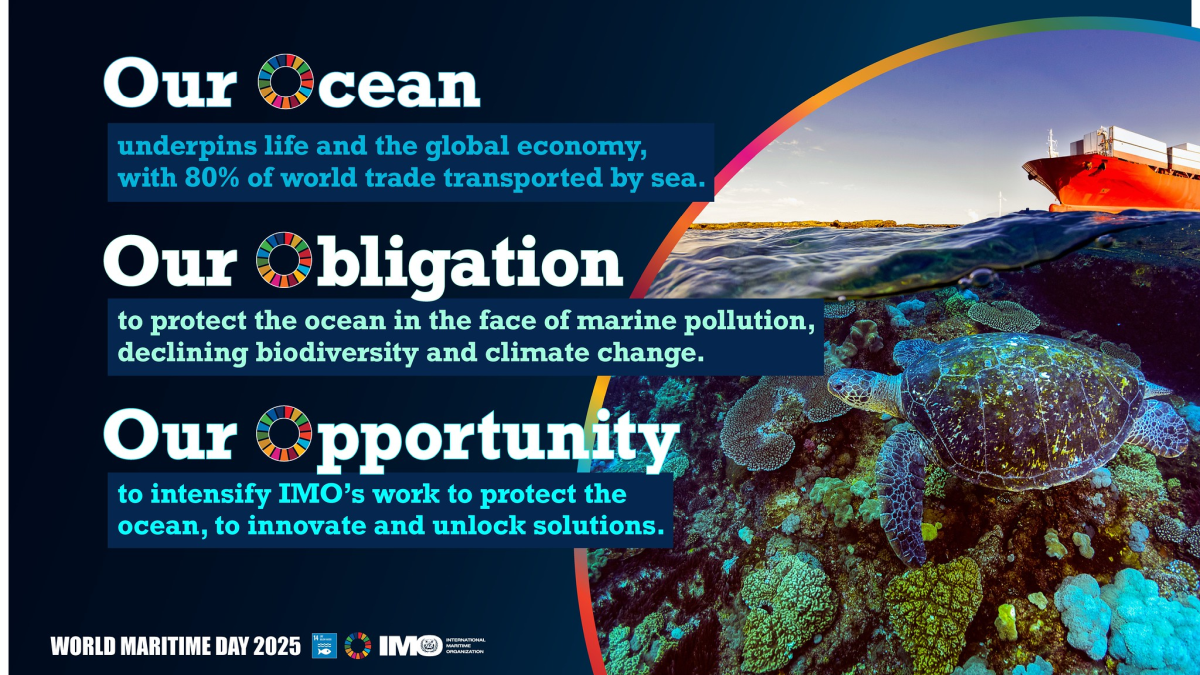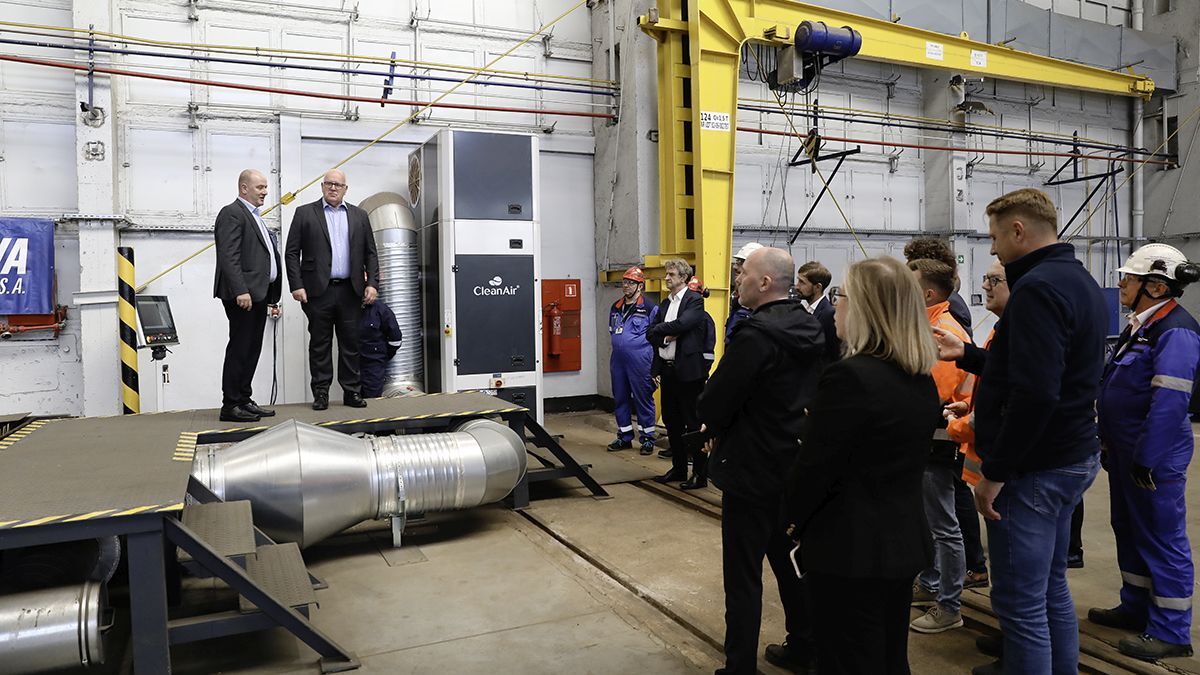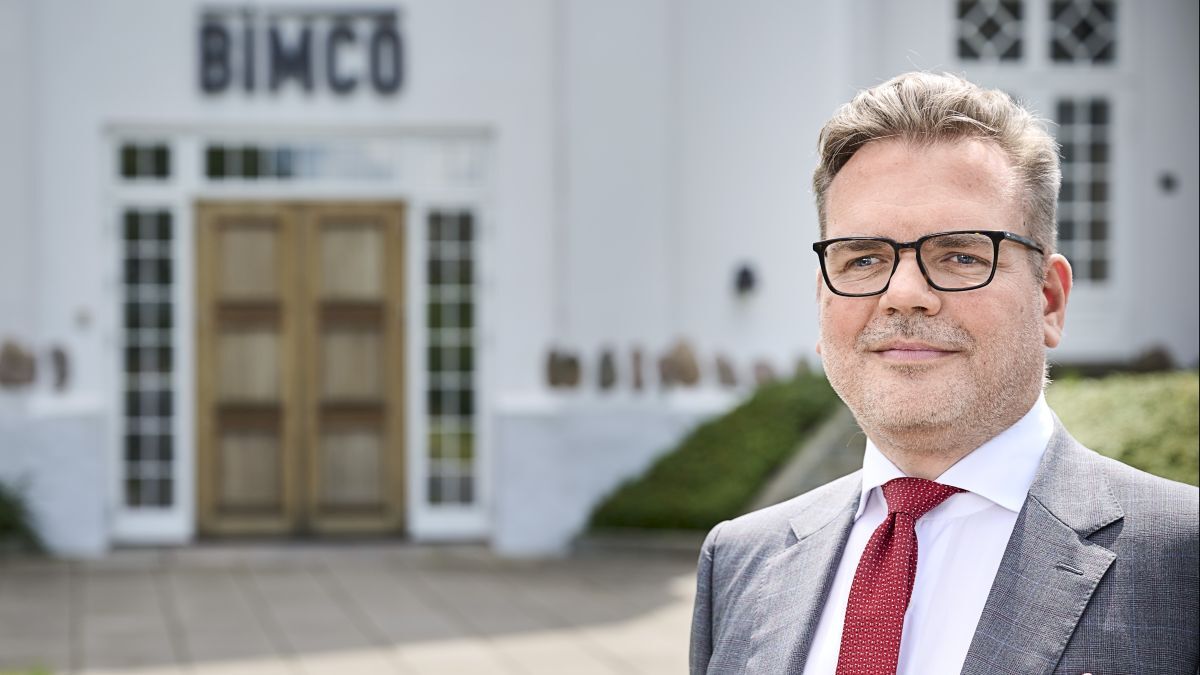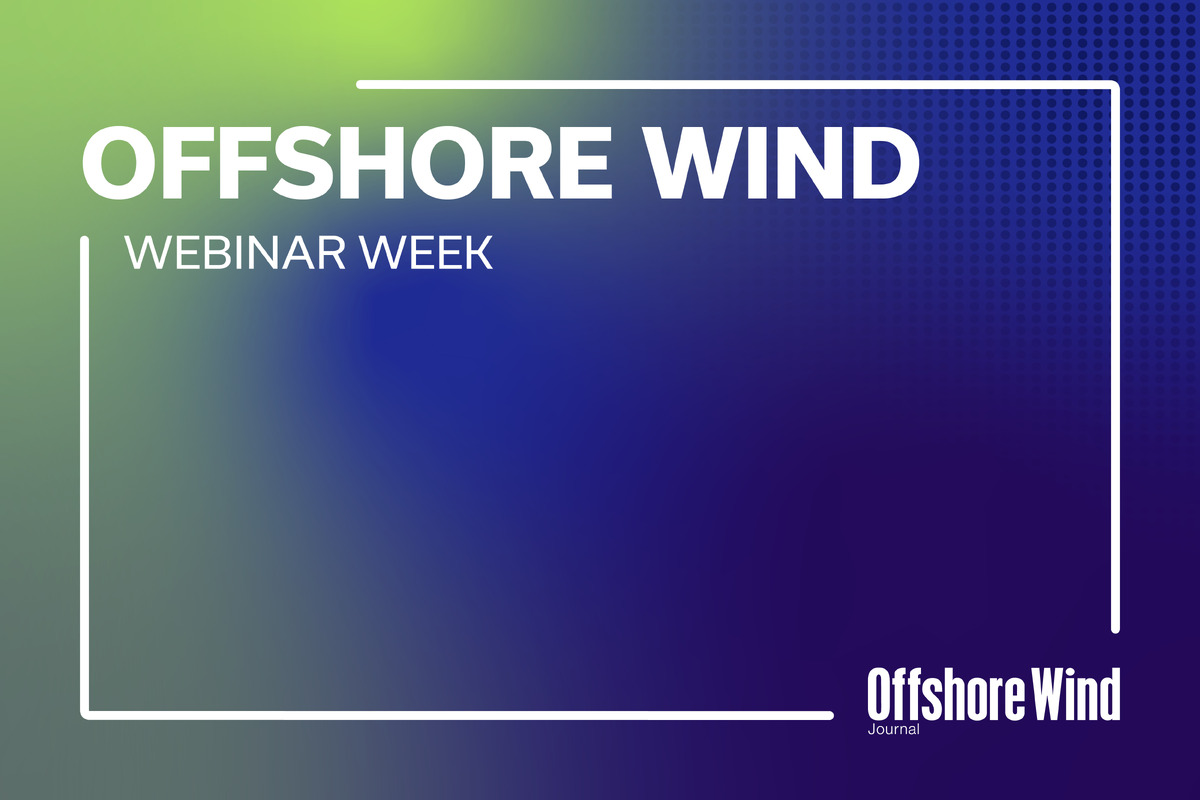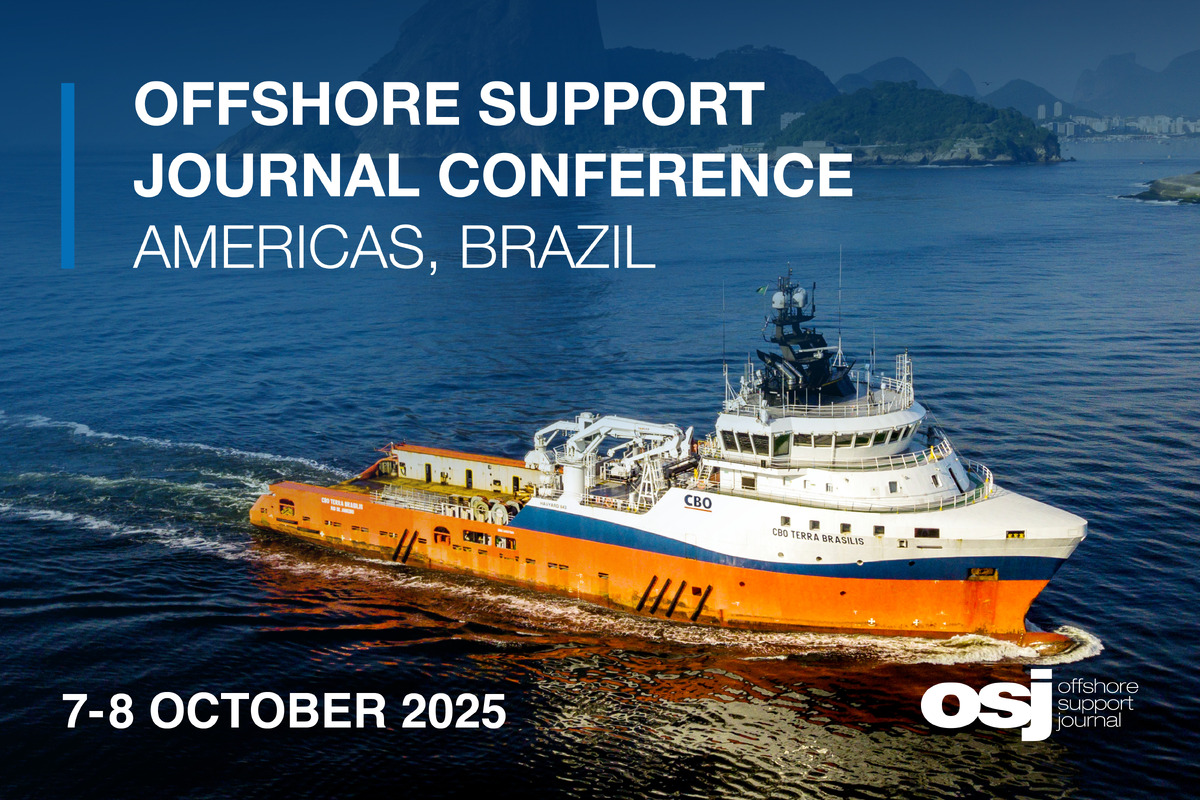Business Sectors
Contents
K Line to fly a kite on one bulker, maybe 49 other vessels
Japanese shipping company Kawasaki Kisen Kaisha, Ltd (K Line) has signed a deal with AirBus startup AirSeas to fly an automated parafoil-designed kite on one of its dry bulk vessels.
The deal is a 20-year agreement that will see AirSeas install its SeaWing kite on a K Line ship with the goal of reducing the ship’s emissions by 20%.
Subject to the kite’s successful performance in emissions reduction and operability, K Line has the option to roll the technology out to a fleet of 50 of its vessels.
The SeaWing kite is part of a suite of technology that automates its deployment and retrieval while also taking in data on weather and ocean conditions to suggest an optimised route for the vessel it serves.
AirSeas chief executive Vincent Bernatets said the deployment and retrieval of the 500 m2 kite was done with the push of a button and that weather conditions restricted the use of the kite within certain parameters.
“It is dependent on weather conditions. It can be active in most conditions, but you need to have a windspeed of 8-40 knots, and it cannot be a direct headwind into the bow,” he said.
“We have calculated the kites will be useable on at least 50% of journeys.”
According to Mr Bernatets, the SeaWing system proposes an optimised route and will also notify the crew and captain as to when to unfold the system.
“The kite is a large piece of cloth which is folded and lifted through the top of a 35-m mast and then unleashed. It is linked to a winch on the deck by a long cable, 500 m long, and then it will start doing its figure-of-eight trajectory,” to tow the vessel, Mr Bernatets said.
“We don’t deviate more than inflections of more than a few tenths (or 100 miles) from the set route,” he said.
The SeaWing system has been through testing and use-case studies.
In 2017, investor AirBus tested a small version of the system on its cargo ship Ville de Bordeaux, and in 2018, the company signed an agreement at SMM in Hamburg to install the full-sized system on one of the roro vessels the company owns for transporting plane parts between its factories and assembly plants.
In a use case study on a Capesize vessel travelling between Japan and Australia, Mr Bernatets said the optimal deployment was to launch the kite every three days and let it fly for a day before retrieving it.
In terms of the kite posing a potential navigational hazard, Mr Bernatets said, “Statistically, the occurrence of a kite falling into the water would be once every 30 years. In that case, the response would be to cut the cable. And once in the water, the system drowns to avoid being struck by the propeller.”
Mr Bernatets did not specify other potential orders for the kite technology but said that six months was a “reasonable timeframe” to expect further announcements.
Related to this Story
Events
Offshore Wind Webinar Week
Maritime Decarbonisation, Europe: Conference, Awards & Exhibition 2025
Offshore Support Journal Conference, Americas 2025
© 2024 Riviera Maritime Media Ltd.
